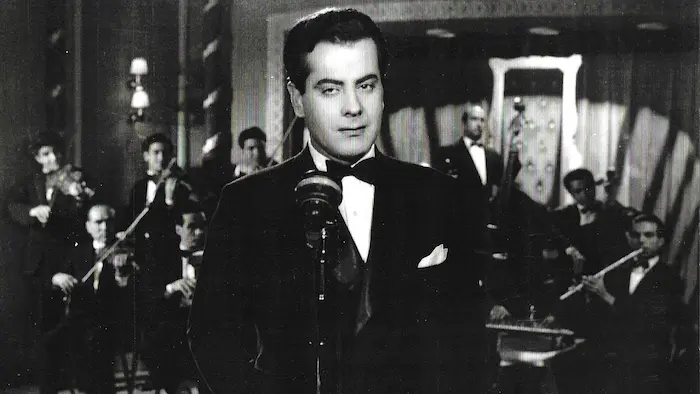Ayman music, a term that resonates deeply within the Syrian cultural landscape, embodies the rich and diverse musical traditions of Syria. This genre is not only a testament to the country’s historical evolution but also a reflection of its contemporary artistic expressions. This article delves into the origins, development, and current state of Ayman music, highlighting its significance within Syrian society.
I. Historical Origins of Ayman Music
1. Ancient Beginnings
Syria’s musical heritage dates back to ancient civilizations, including the Ugarit civilization (circa 1400 BC). Archaeological findings, such as the Hurrian songs, provide evidence of early musical practices in the region. These songs, inscribed on clay tablets, are among the oldest known musical notations, illustrating the deep historical roots of Syrian music.
2. Influence of Islamic Culture
The advent of Islam in the 7th century significantly influenced Syrian music. Islamic culture brought new musical forms and instruments, such as the oud and qanun, which became integral to Syrian musical traditions. The influence of Islamic art and poetry also enriched the lyrical and thematic content of Ayman music.
II. Characteristics of Ayman Music
1. Melodic Structure
Ayman music is characterized by its intricate melodic structures. The use of maqamat (musical modes) is central to its composition. Each maqam has a distinct emotional and spiritual quality, guiding the musician’s improvisation and composition.
2. Rhythmic Patterns
Complex rhythmic patterns, known as iqa’at, are a hallmark of Ayman music. These patterns range from simple to highly complex, adding depth and texture to the music. The interplay of rhythm and melody creates a dynamic and engaging musical experience.
3. Instruments
Traditional Syrian instruments play a crucial role in Ayman music. The oud, a pear-shaped string instrument, is often considered the king of Syrian instruments. Other important instruments include the qanun (a type of zither), the ney (a reed flute), and various types of percussion instruments like the darbuka and riq.
III. Development Through the Ages
1. Ottoman Influence
During the Ottoman Empire, Syria became a hub for cultural exchange. Ottoman musical influences merged with local traditions, leading to the development of new musical forms and styles. This period saw the rise of complex orchestral compositions and the incorporation of Turkish instruments and scales into Syrian music.
2. Modernization and Western Influence
The 20th century brought significant changes to Ayman music. The introduction of Western musical elements, such as harmony and orchestration, led to the fusion of traditional and modern styles. This period also saw the emergence of prominent Syrian composers and musicians who gained international recognition.
IV. Prominent Figures in Ayman Music
1. Sabah Fakhri
One of the most celebrated figures in Ayman music is Sabah Fakhri. Known for his powerful voice and exceptional mastery of maqamat, Fakhri has played a pivotal role in popularizing Syrian music globally. His performances are renowned for their emotional intensity and technical brilliance.
2. Farid al-Atrash
Farid al-Atrash, a legendary Syrian-Egyptian musician, made significant contributions to both Syrian and Arabic music. His innovative compositions and virtuosic oud playing have left a lasting legacy. Al-Atrash’s work bridged traditional and modern musical worlds, influencing generations of musicians.
V. Ayman Music in Contemporary Syria
1. Challenges and Resilience
Contemporary Ayman music faces numerous challenges, including political instability and economic hardship. However, Syrian musicians continue to preserve and innovate within the genre. Many have turned to digital platforms to reach global audiences, ensuring the survival and growth of their musical heritage.
2. Role of Diaspora Communities
Syrian diaspora communities play a vital role in sustaining Ayman music. Expatriate musicians and cultural organizations work tirelessly to promote Syrian music abroad. Their efforts have helped maintain cultural continuity and foster international appreciation for Syrian musical traditions.
VI. Cultural Significance of Ayman Music
1. Expression of Identity
Ayman music is a powerful expression of Syrian identity. It encapsulates the country’s historical experiences, cultural diversity, and artistic creativity. For many Syrians, this music is a source of pride and a means of connecting with their heritage.
2. Social and Ritual Functions
Music has always played a central role in Syrian social and religious life. Ayman music is an integral part of various ceremonies and celebrations, from weddings to religious festivals. Its melodies and rhythms bring people together, fostering a sense of community and shared cultural heritage.
VII. The Future of Ayman Music
1. Innovation and Preservation
The future of Ayman music lies in the balance between innovation and preservation. Young Syrian musicians are exploring new musical horizons while remaining rooted in their traditions. This blend of old and new is essential for the continued evolution of Ayman music.
2. Global Influence
As Syrian musicians gain international recognition, Ayman music is poised to have a broader global impact. Cross-cultural collaborations and performances on international stages are helping to introduce this rich musical tradition to new audiences worldwide.
See Also: The Origin of Bachata: A Musical Journey from the Dominican Republic
VIII. Conclusion
Ayman music, with its deep historical roots and vibrant contemporary expressions, is a testament to the enduring cultural richness of Syria. Despite the challenges faced by the country, its musical heritage continues to thrive, offering a source of inspiration and connection for Syrians and music lovers around the world. Through the efforts of dedicated musicians and cultural ambassadors, Ayman music will undoubtedly continue to evolve and captivate audiences for generations to come.

